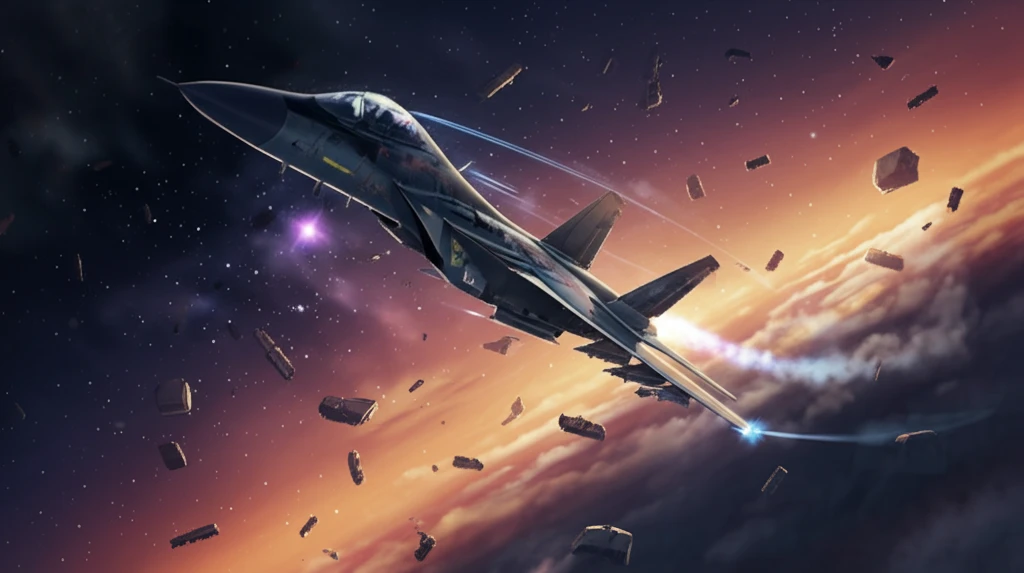
Soar to New Heights: How Advanced Control Systems are Revolutionizing Flight
"Discover how finite-time sliding mode and super-twisting control are making fighter aircraft more agile and resilient"
Fighter aircraft are marvels of engineering, designed to push the boundaries of what's possible in flight. Historically, these aircraft relied on control systems that linearized non-linear models, which was achieved by 'gain scheduling'. But the modern demands of aerial combat and complex maneuvers require something more robust and adaptable.
Imagine an aircraft that can instantly respond to a pilot's command, maintaining unwavering stability even in the face of unexpected turbulence or mechanical failures. This is the promise of advanced flight control systems, and it's rapidly becoming a reality thanks to innovations in non-linear control strategies.
The research paper explores the integration of finite-time sliding mode control (FTS) and super-twisting control (STW) to give a new generation of flight control, which is more precise and robust. In essence, these are the technologies that would enable a plane to manoeuvre more efficiently with less turbulence, despite any mechanical issues.
Decoding Finite-Time Sliding Mode and Super-Twisting Control

At the heart of this revolution are two key concepts: finite-time sliding mode control (FTS) and super-twisting control (STW). FTS ensures that the aircraft's trajectory converges to the desired state in a finite amount of time, regardless of initial conditions. In simpler terms, it's like having a GPS that gets you to your destination quickly and reliably, no matter where you start.
- Geometric Homogeneity: Utilizes the aircraft’s geometric properties to design stabilizing control laws.
- Discontinuous Sliding Mode (DSM): Counters uncertainties in the aircraft's model through robust control actions.
- Super-Twisting (STW) Control: Provides continuous control, minimizing undesirable control chattering.
- Adaptive Algorithms: Adjust control parameters in real-time to maintain optimal performance.
The Future of Flight Control
While this research represents a significant step forward, the journey to fully autonomous and ultra-stable flight is far from over. Future research will likely focus on incorporating control and rate constraints into the design process, as well as exploring the application of these techniques to other areas of aerospace engineering. As technology continues to advance, we can expect even more sophisticated control systems to emerge, pushing the boundaries of what's possible in the skies.
